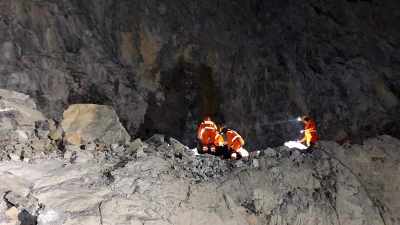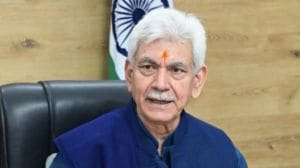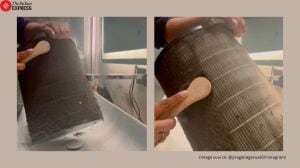Railways embarks on Internet trials
CHENNAI, MAR 20: Even as there has been considerable talk about throwing open the railway networks for Internet traffic, the South Central...

CHENNAI, MAR 20: Even as there has been considerable talk about throwing open the railway networks for Internet traffic, the South Central Railway has quietly gone ahead with a pilot project that would prove the scheme’s viability. A single window clearance has been announced by the department for interested ISPs willing to utilise the railway network. It is learnt that Satyam Infoway, World Tel and a local ISP in Andhra Pradesh have evinced interest in the scheme, which is in the last stages of testing.
The Indian railways have around 8,000 stations covering most towns and large villages and these stations are located at an average distance of 7 kms. There is a special quad copper cable between stations. While these are normally used for voice telephony, there is one spare cable put in for train control purposes but never used. This would be used for Internet connectivity. Optical fibre is also available along some major routes.
Banyan’s special DSL on copper system can be used to provide a high bit rate data link between stations. These links can be connected to form a railway Internet backbone network, which could be connected to hubs located at major stations, either directly or using the fibre backbone of Railways where available. This network can be used to provide Internet through kiosks at every station.
Further, corDect wireless in local loop could be used to provide 30-200 Internet connections in the vicinity of 10 kms (and sometimes 25 kms) of the station, extending the scope of Internet connectivity. This test is also expected to be completed in a few weeks, highlighting the possibilities of the network potential.
The cost involved for setting up infrastructure at each station by ISPs (who could also have franchisees) is around Rs 70,000, excluding rent to the Railways.
The experiments along the Guntur Vijayawada track is based on the networking H-connect developed by Banyan. The H-connect box is an Ethernet to HDSL bridge meant for data connections. Tests have shown that data can be transmitted at a rate of 2 mbps for a single hop distance of 3 kms, at the rate of 1.16 mbps for a single hop of 8.2 kms; at 578 kbps for a distance of 11.2 kms and at a rate of 144 kbps for a distance greater than 20 kms.






- 01
- 02
- 03
- 04
- 05

























